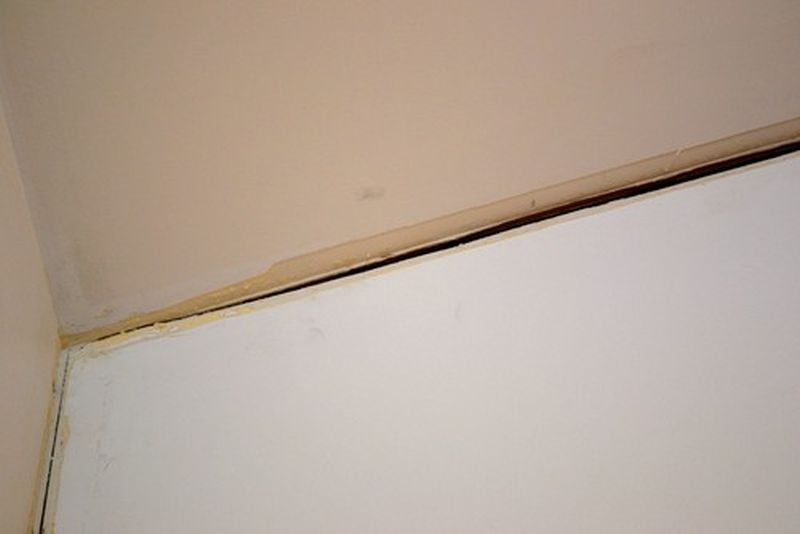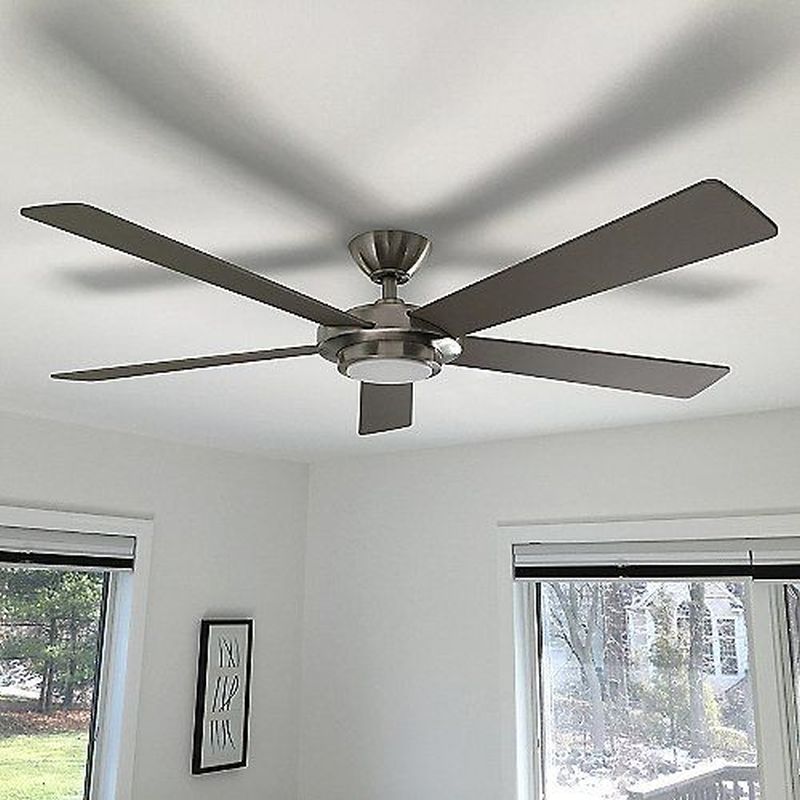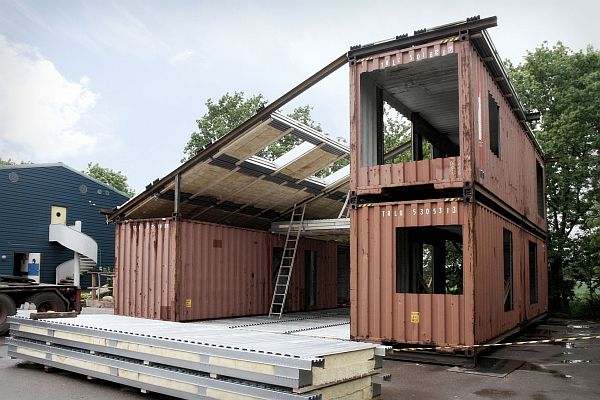When winters come, cold countries suffer the most. Unlike tropical regions, who crave for winter, we dread it. Although the weather changes considerably well during winter, there are a few issues that tag along with it. The biggest and the most problematic one of them all is securing and sealing your houses. You don’t want the cold winds eroding your homes and seeping in from the cracks in the walls. You want to be warm in your bed when cold winds are blowing outside instead of having to face them in your home. You can follow the given tips to make sure that your winter does not trouble you:
Check for cracks and gaps:

The main reason for cold air entering our house is lack of insulation in the walls and roofs. There are plenty of cracks and gaps present in the walls which become a reason for air to enter within and make its way into our home. The foremost thing to be done here is to seal these cracks and insulate our walls thoroughly. Only then can we be assured that our homes are prepared for winter.
Deal with ice dams:
This happens as a result of poor insulation. Water seeps in through the gaps in the roof when the temperature rises during the day. The flowing water blocks the cracks in the roof and freezes when the temperature drops at night. This ice accumulation in the roof gaps prevents flow of fresh warm air. This is also sometimes referred to as the ‘Reverse Chimney effect.’ The only way out is to ensure that these ice dams are removed. They not only allow passage for cold air but also harm the roof and its quality.
Use insulation:

It is scientifically proven that 35% of your home’s heat loss happens through the walls, and 25% through the roof. It is best to seal and insulate the walls, floors and roofs of the house before moving on to anything else. Cover your floor with a rug or carpet to keep the heat trapped within. Apply foam sealer to walls both on the interior and the exterior to make sure heat remains trapped inside. Use spray foam insulation for larger gaps and cracks in the basement sills or other places.
Seal windows and doors:
You can cover up your windows and doors with foam or bubble wrap or even black film to ensure that cold winds don’t leak in from the small cracks and gaps in the glass. Look for any crack or breakage in the window panes which may very well pave way for cold to seep in. Also, keep your windows open on the west and south side to allow maximum sunrays to seep in. This will keep your home warm for longer. Use spray foam insulation to prevent warm air from escaping and cold air entering through the gaps in windows.
Other measures:

Other small measures that you can very well adopt are reversing the direction your fan runs. This will cause warm air to flow down to you instead of pushing it upwards. Try not to drain the warm water from your bath when it is still warm. Cool it down first before plugging it out into the drain. The warm water will heat up your home, which, if drained, will heat nothing but the drainage pipes.
Plan properly and enjoy the winters
Keep checking your homes continuously for any opened-up crack that may have escaped your attention. Keep a tab on the insulating and ducting before winter sets in, and you will never have to worry about winter again. Winter, of course, needs to be met with proper planning and preparation. Follow the above instructions carefully and well to ensure maximum benefits this winter. As they say, “Winter is coming!”



